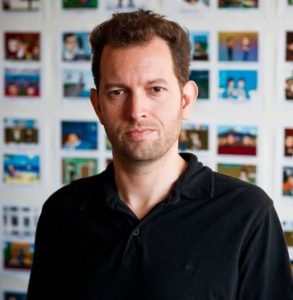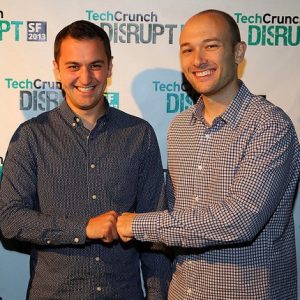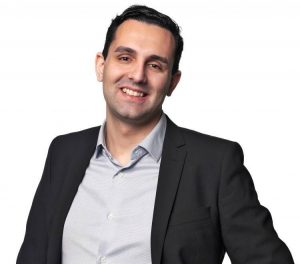Kenny A. Troutt : A Billionaire Who Once was Dirt Poor
A major Republican donor and the owner of the elite thoroughbred horse farm in Versailles, Kenny Trout is one of the richest persons in the world. The life of the American billionaire was never this easy. As a kid, he went through the financial struggle and worked hard to get at the position where he stands right now. In school, when his teacher questioned him that what he wanted to become in future, he did not know what career he would choose, but he surely knew that he wanted to become rich.
Early Life
Troutt was born in 1948 in Mount Vernon, Illinois, United States. His father worked as a bartender. He was the eldest of his three siblings. Troutt did his schooling from the Mt. Vernon Township High School, and later, graduated from the Southern Illinois University, in 1971. Belonging to a poor family, he always intended to overcome his family’s financial conditions and become rich. Due to the shortage of money, he started working at a very young age, to support his family and earn extra bucks. He even sold insurance to subsidise his studies while he was in college.

Career
After completing his graduation, with continues hard work, he co-founded Excel, a long distance phone service, along with his business partner Steve Smith, in 1988. Smith’s interest in the network marketing business, helped the two to start the company, as he had found much more scope in the same. Just in nine years, the company had earned revenue in billion dollars. Excel became the fastest growing company in the U.S., even faster than Microsoft. In 1996, it went public in the New York Stock Exchange under the symbol ECI, becoming the youngest company ever to join the NYSE.
In the month of June, the very next year, Excel acquired the Telco Communications Group, followed by a merger with Teleglobe, in November 1998. The merger between the two companies brought lots of fortune to the two co-founders of Excel. Troutt and Smith became billionaires overnight.
Troutt retired as CEO on September 20, 1999, and was replaced by Christina Gold. Currently, Troutt serves as the chairman of Mt. Vernon Investments.
Personal Life
Troutt is married to Lisa E. Copeland and has three children with her. The family lives in their 13000 square foot grand estate in Dallas Texas. At present, he owns a 2,400-acre thoroughbred horse breeding and racing farm in Versailles, Kentucky, named WinStar Farm. In 2014, his net worth was estimated to be approx. US$1.5 billion.

Yashica is a Software Engineer turned Content Writer, who loves to write on social causes and expertise in writing technical stuff. She loves to watch movies and explore new places. She believes that you need to live once before you die. So experimenting with her life and career choices, she is trying to live her life to the fullest.





